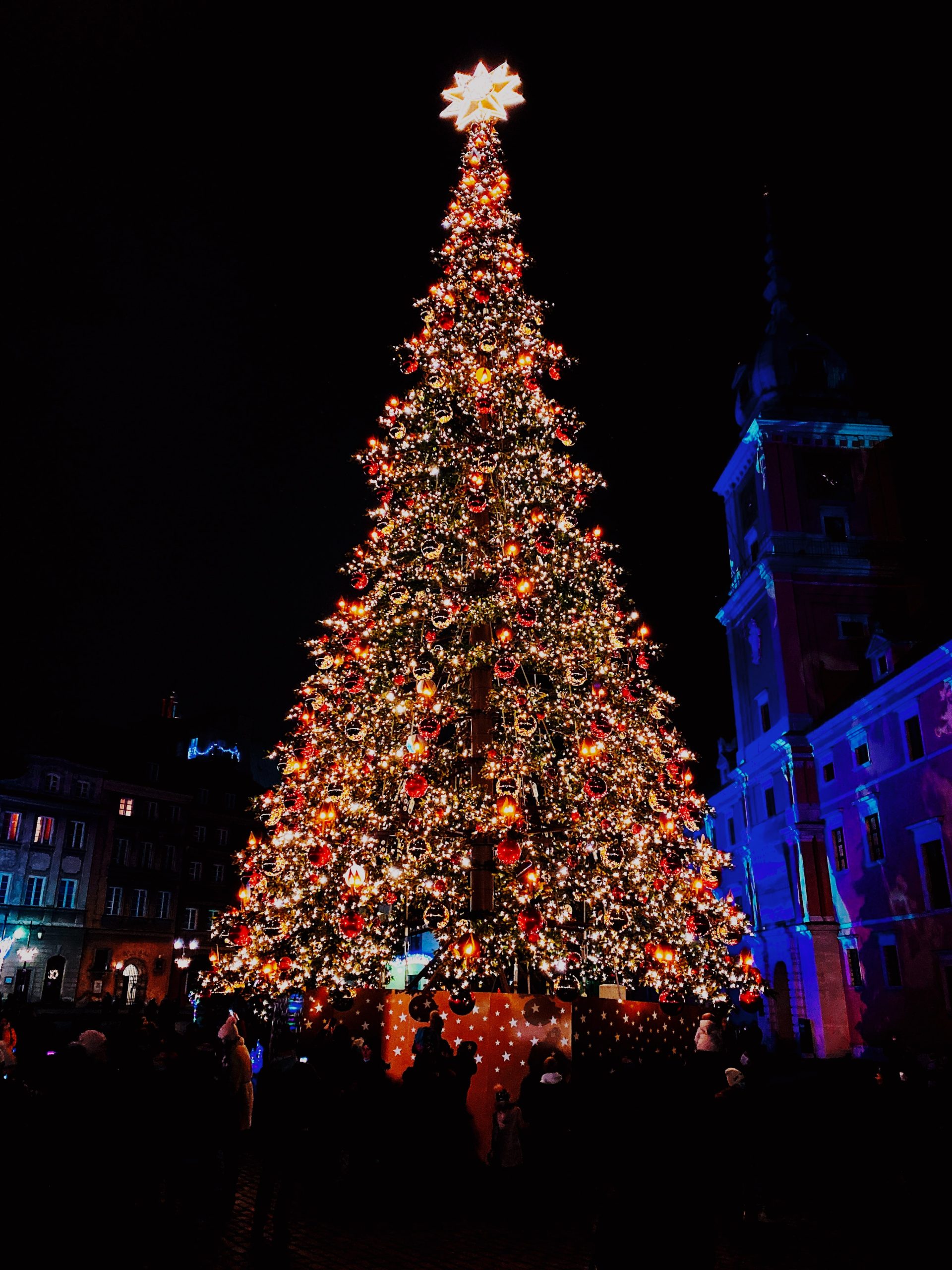
Christmas Tree Lore is an established part of modern life. In 16th-century Germany, fir trees were decorated, both indoors and out, with apples, roses, gilded candies, and colored paper. In the Middle Ages, a popular religious play depicted the story of Adam and Eve’s expulsion from the Garden of Eden.
Religious Roots
A fir tree hung with apples was used to symbolize the Garden of Eden — the Paradise Tree. The play ended with the prophecy of a savior coming, and so was often performed during the Advent season.
Many ancient peoples hung evergreen boughs over their doors and windows. In many countries it was believed that evergreens would keep away witches, ghosts, evil spirits, and illness.
Germany is credited with starting the Christmas tree tradition—as we now know it—by the 16th century when sources record devout Christians bringing decorated trees into their homes
It is held that Protestant reformer Martin Luther first adorned trees with light. While coming home one December evening, the beauty of the stars shining through the branches of a fir inspired him to recreate the effect by placing candles on the branches of a small fir tree inside his home
The Christmas Tree was brought to England by Queen Victoria’s husband, Prince Albert from his native Germany. The famous Illustrated News etching in 1848, featuring the Royal Family of Victoria, Albert and their children gathered around a Christmas tree in Windsor Castle, popularized the tree throughout Victorian England. Christmas tree lore was brought to America by the Pennsylvania Germans, the Christmas tree became main stream by the late 19th century.
The early 20th century saw Americans decorating their trees mainly with homemade ornaments, while many German Americans continued to use apples, nuts and marzipan cookies. Stringed popcorn was added to trees’ decoration after being dyed bright colors and interlaced with berries and nuts.